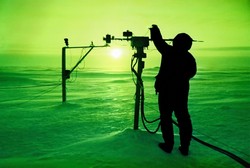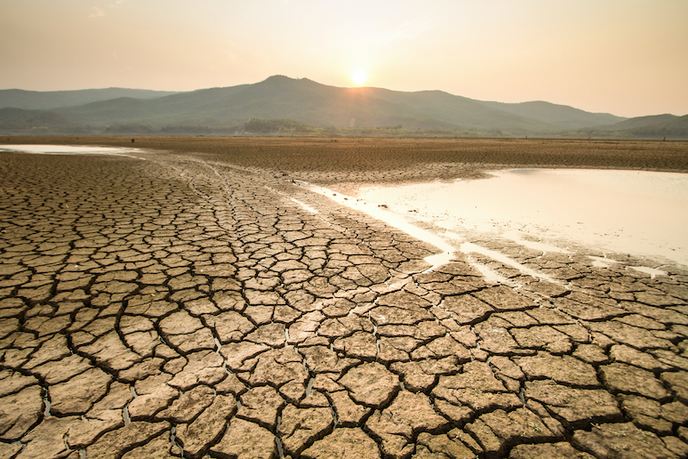Strengthened EU-Russian Arctic studies
The Arctic and subarctic, being a multinationally shared zone, require an internationally cooperative approach to regional environmental and climate research. A joint EU-Russian facility, the Nansen International Environmental and Remote Sensing Centre (NIERSC), is based in St. Petersburg. The EU-funded project EURUCAS(opens in new window) (European-Russian centre for cooperation in the Arctic and sub-arctic environmental and climate research) strengthened EU-Russian scientific cooperation on the title themes. Consortium members first studied Russian legislation relevant to non-governmental organisations. Results showed that the NIERSC charter did not allow incorporation of new partners. Changing the charter would have been very difficult, thus NIERSC proposed a new type of associate partnership. The alternative arrangements allowed EURUCAS to complete its aims much as originally intended. One Associate Partner each from Finland and Norway joined NIERSC. During its early phase, EURUCAS focused on planning for joint research. Discussions evaluated proposals for 16 new joint projects, four of which were funded. To accommodate the planned research, facilities at NIERSC were significantly upgraded. Improvements consisted of new information technology infrastructure and software, six new work facilities for visiting researchers and equipping a conference hall. Subsequently, the consortium organised approximately 112 person-months of researcher exchanges to Russia, and around 16 person-months in reverse. Cooperative research addressed seven main areas. The arctic and subarctic climate change subproject considered sea ice decline, arctic amplification of global warming and the effect on temperate latitudes. The team also devised new remote sensing methods for studying ice and snow, including basic science about sea ice, glaciers and icebergs. Research yielded an advanced climatology of polar lows in the Nordic and Barents Seas. The group examined primary productivity in the Baltic Sea and water quality in subarctic lakes. Modelling of permafrost dynamics and hydrology addressed vegetation changes and disturbance to hydrological systems. Finally, the project assessed socioeconomic impacts and risks of climate change in polar regions. EURUCAS achieved improved scientific cooperation between the EU and Russia. The arrangements helped foster important and timely research on Arctic and subarctic themes, including environmental and socioeconomic effects of change to the region.







